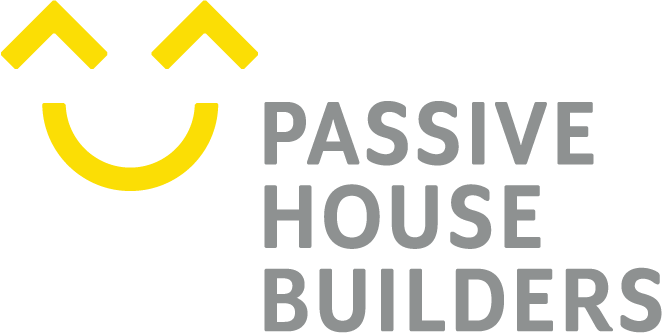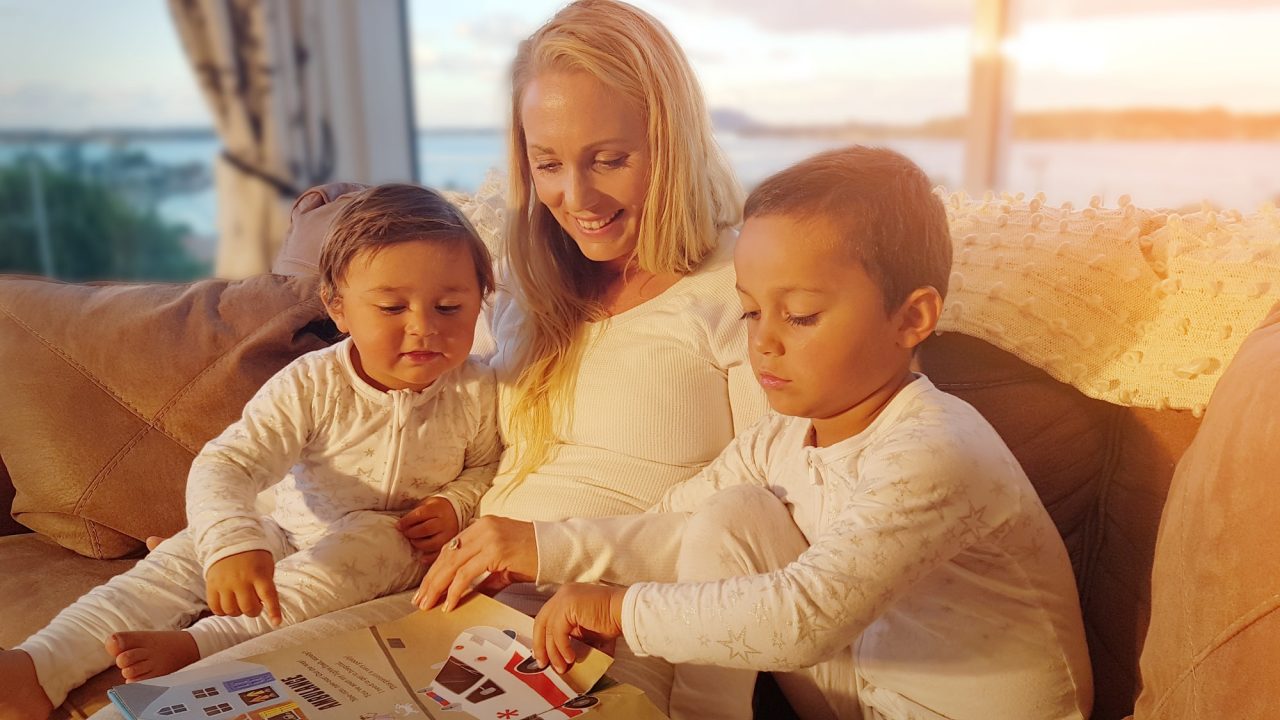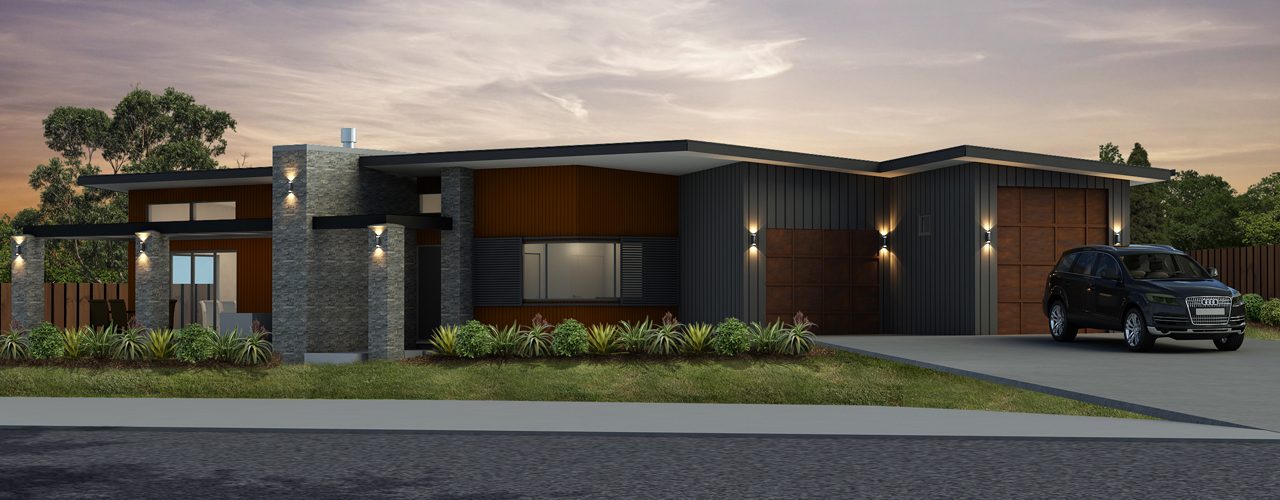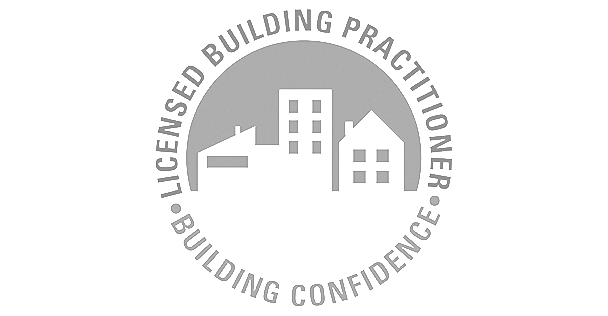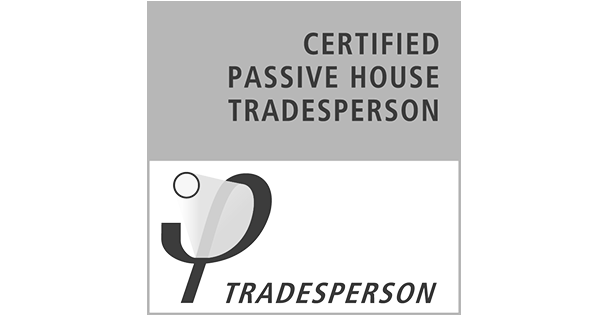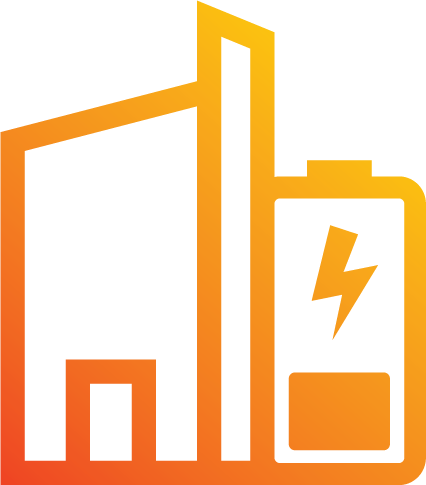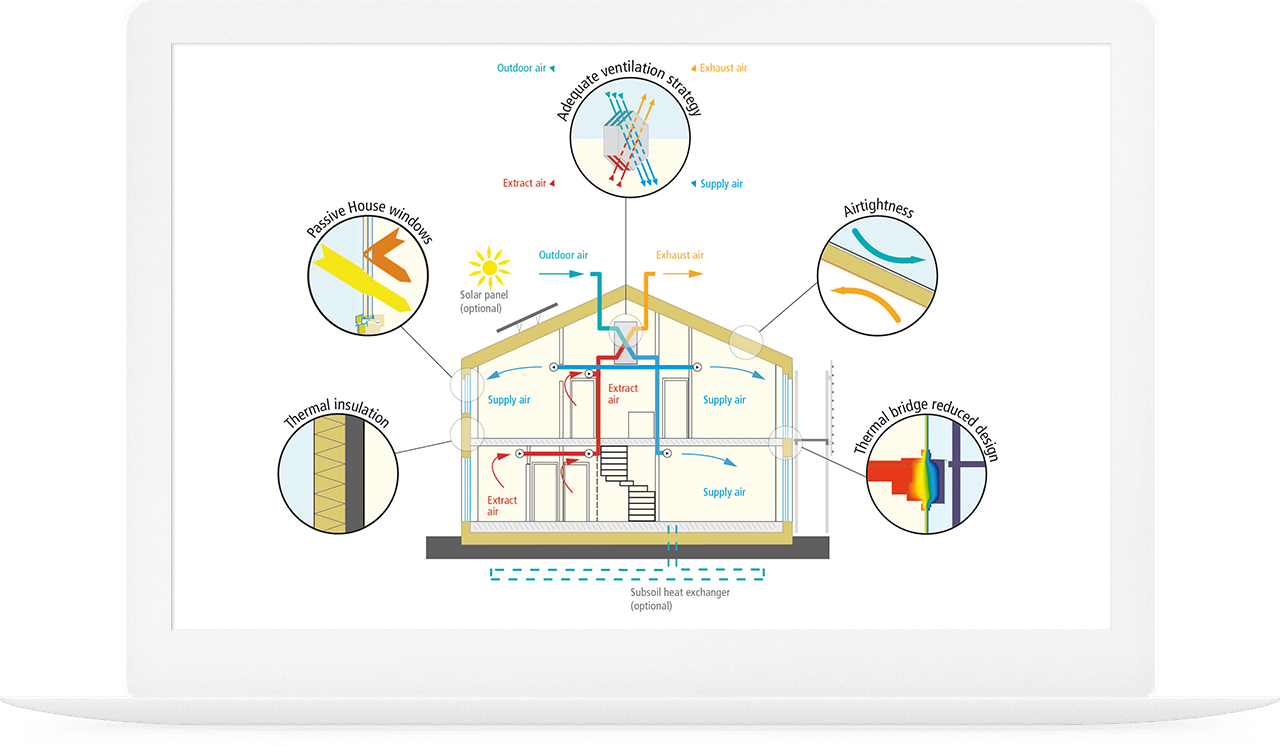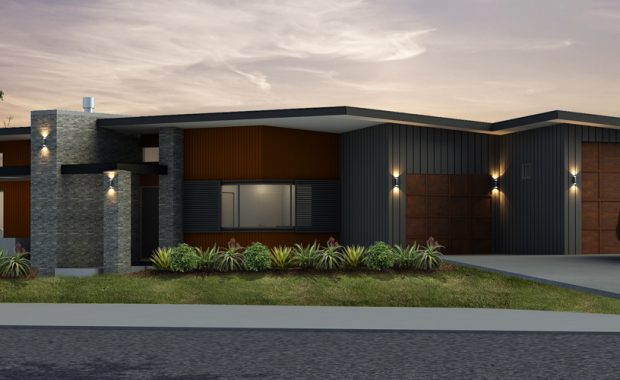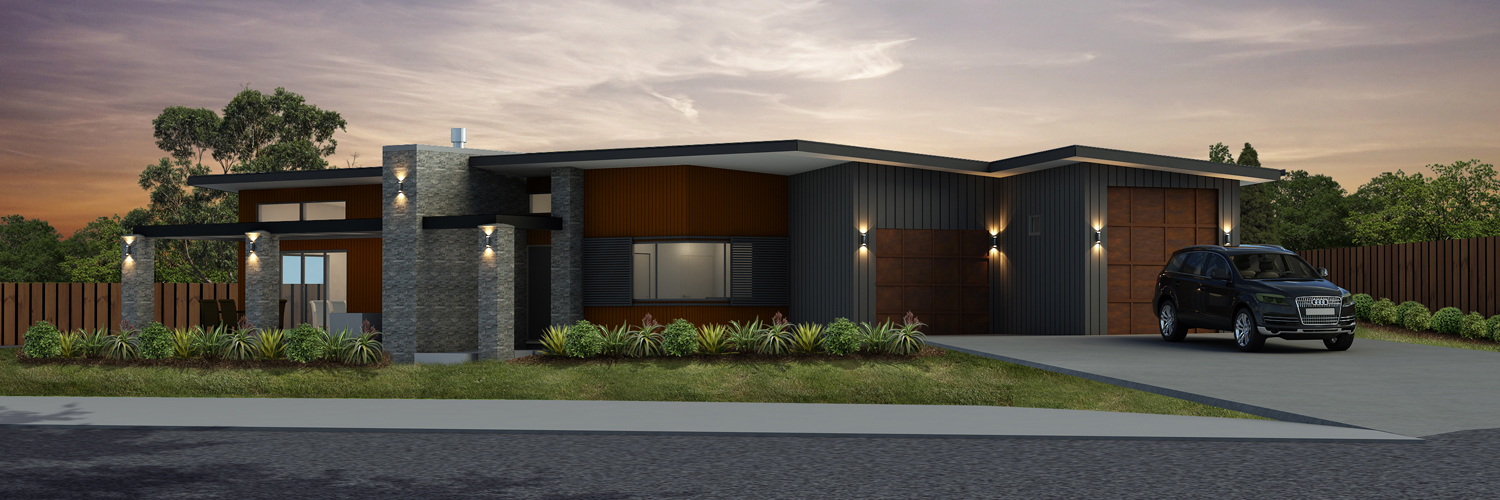What is a Passive House?
The sun is a powerful building tool – by altering a house’s orientation paired with other passive design techniques like quality insulation and ventilation and crafting high performing, airtight doors and windows, we can maximise the sun’s potential within the home. This is followed up with highly efficient heat systems to get every last ounce out of the home. NZ is a developed country with a cold, damp home epidemic – we can make a drastic change for the better with Passive Houses.
